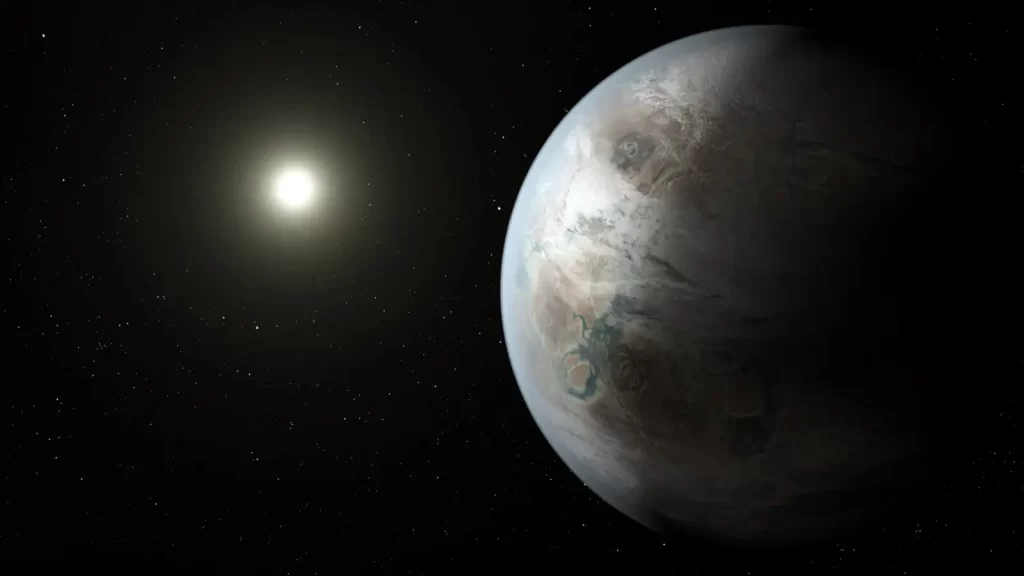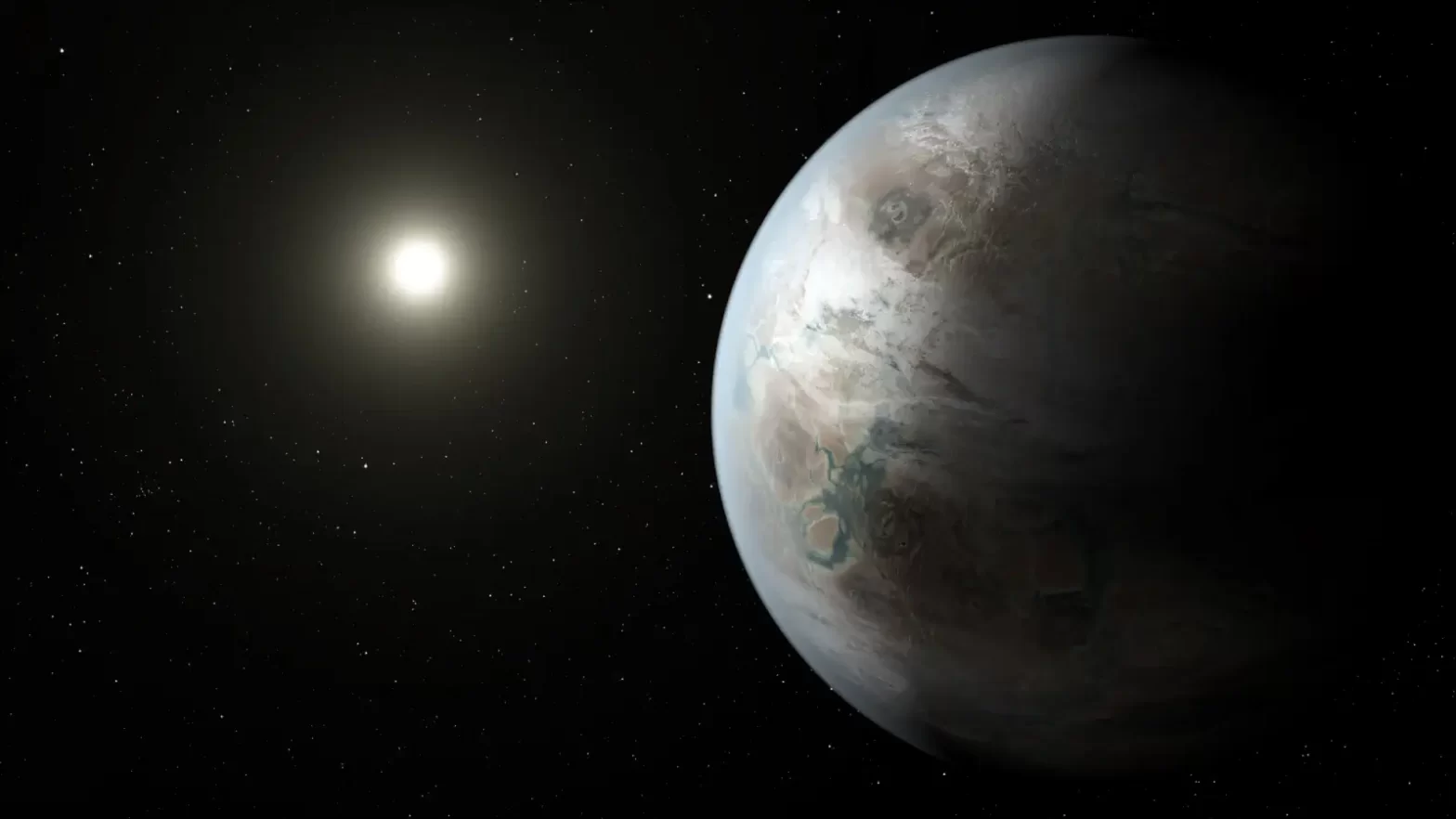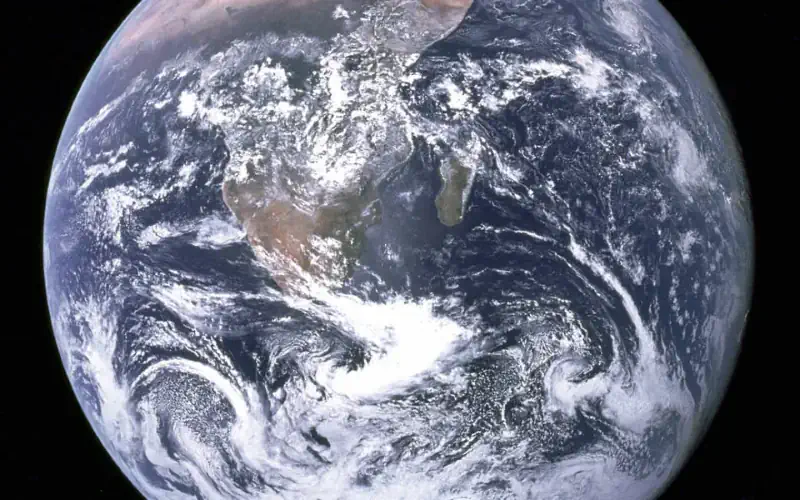Discovered on January 6, 2015, Kepler-442b is a near-Earth-sized exoplanet. Most probably it is a rocky planet and it orbits its star, Kepler-442, within the habitable zone. According to some sources, including Wikipedia, it is an even more habitable planet than Earth. But, that’s not the case, and this claim is just an inaccurate interpretation of a 2015 study. Here’s why.
According to Wikipedia:
“…according to an index developed in 2015, Kepler-442b is even more habitable than Earth. Going to this index, Earth has a rating of 0.829, but Kepler-442b has a rating of 0.836. This is uncertain because Kepler-442b’s atmosphere and surface are unknown, but this would be possible.”
The second sentence actually nullifies the first sentence. If we don’t know a planet’s atmosphere and surface, how can we classify it as “a more planet habitable than Earth”?
The index Wikipedia mentioned, is a study published on October 1, 2015, titled “Comparative habitability of transiting exoplanets”. The researchers developed an index, that’s true, but, they also say in summary that:
“This does not mean these planets are “more habitable” than Earth – it means that an Earth twin orbiting a solar twin that is observed by Kepler would not have the highest probability of being habitable.”
In other words, let’s assume that the hypothetical aliens living on some planet have developed an instrument like Kepler Space Telescope to discover exoplanets. In this case, the Earth would be an exoplanet to them. Let’s also assume that their distance to both Earth and Kepler 442-b is equal to the distance between Earth and Kepler-442b (three planets are forming an equilateral triangle in space).
The study suggests that these hypothetical aliens would find the probability of Earth being habitable slightly less than that of Kepler-442b. That’s it. That does not mean Kepler-442b is a more habitable planet than Earth.

Kepler-442 is a K-type main-sequence star, or in other words, an orange dwarf. K-type main-sequence stars are intermediate in size between red M-type main-sequence stars (red dwarfs) and yellow G-type main-sequence stars (for example, our Sun). It is 1,206 light-years (370 pc) from Earth.
More habitable planet than Earth? For who?
If, and it is a big IF, there’s life on Kepler-442b, yes, it should be a more habitable planet for its inhabitants. Most probably, not for us, humans, or the Earthlings, in general.
Robert Hazen, a research scientist at the Carnegie Institution of Washington’s Geophysical Laboratory and professor of earth science at George Mason University explains:
“Those giddy articles [articles claim that we found Earth’s twin] usually fail to mention that radius, mass, and orbit are, by themselves, rather poor indicators of Earth’s potential planetary twins. What’’ missing is chemistry…”
“…Consider Earth’s mineralogy. Our recent research reveals that, while the Earth’s crust is packed with minerals common to any likely exoplanet, most mineral species are rare. It would be virtually impossible to replicate mineralogical details on another Earth-like planet. And if Earth’s inanimate mineralogy is unique in the cosmos, then Earth’s biology is surely even more distinctive. So, as we confidently search for even more “Earth-like” planets, we can be equally confident that there is only one Earth.”
Sources
- “Is it possible to find a more habitable planet than Earth? (for humans)” on Quora
- Study: “Comparative habitability of transiting exoplanets” on arxiv.org
- Kepler-442b on Wikipedia
- “Kepler-442b is more habitable than Earth” on the Wired website
- Moon Landings: All-Time List [1966-2025] - February 2, 2025
- What Is Max-Q and Why Is It Important During Rocket Launches? - January 16, 2025
- Top 10 Tallest Rockets Ever Launched [2025 Update] - January 16, 2025


